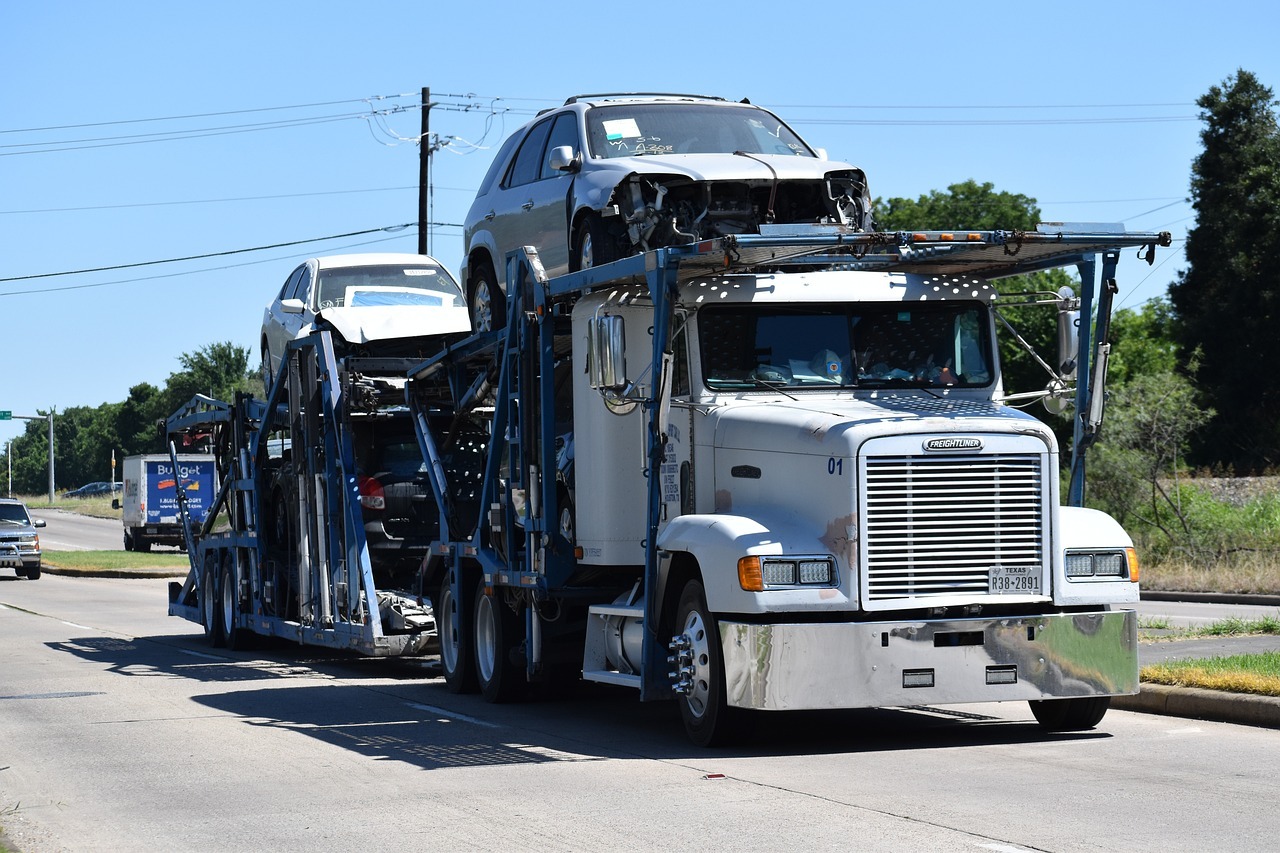Technological advancements are transforming the transportation industry at an unprecedented pace. The traditional paradigm of vehicle transportation is being disrupted by a multitude of emerging technologies that, collectively, have the potential to completely overhaul how we commute, transport goods, and interact with our surroundings. In this article, we will take a closer look at groundbreaking innovations that are shaping the future of vehicle transportation.
Autonomous Vehicles: A Revolution in Mobility
One of the most prominent developments in vehicle transportation is the rise of autonomous or self-driving cars. While fully autonomous cars still have some way to go before they can effectively navigate all traffic situations without human intervention, rapid progress has been made over the past few years. This advancement also has the potential to impact car shipping services, offering a new method for transporting vehicles in the future.
Most major automakers are investing heavily in autonomous vehicle research as they seek to stay ahead in an increasingly competitive market. Companies like Tesla, Waymo (part of Google parent company Alphabet), Uber, and Lyft are racing to develop advanced self-driving vehicles that will revolutionize urban mobility.
Autonomous vehicles have great potential not only for making car travel safer but also for improving traffic flow in cities and reducing congestion-induced pollution. As more cars on the road become capable of communicating with one another and coordinating their movements via V2X (vehicle-to-everything) wireless communication technology, it is anticipated that road capacity could be increased substantially.
Electric Vehicles: Fueling Sustainable Transportation
Emission-free electric vehicles (EVs) play a pivotal role in the quest for green transportation. Stricter environmental regulations, mounting concerns over climate change, and growing consumer interest in environmentally friendly vehicles have all contributed to the steady rise in EV popularity.
Although electric vehicles currently constitute a comparatively small percentage of overall car sales, their market share has been growing steadily. Automakers are heavily investing in electric vehicle technology with plans to release an ever-expanding range of battery-powered models. Additionally, significant advancements have been made in EV charging infrastructure development, addressing the “range anxiety” that many potential buyers face when considering an electric vehicle purchase.
Given these factors, the adoption of electric vehicles will likely gather pace over the coming years. As battery technology improves and charging infrastructure expands further, it is expected that EVs will become an increasingly attractive choice for consumers seeking both sustainable and cost-effective means of transportation.
Flying Cars: Ushering in Urban Air Mobility
The concept of flying cars has fascinated humans for decades. The idea has long remained relegated to the realm of science fiction; however, recent technological developments are making what was once pure fantasy closer to reality than ever before.
A numerous start-ups and established aerospace corporations alike are working on developing personal aerial vehicles (PAVs) capable of vertical take-off and landing (VTOL). Conceived as a solution to urban congestion issues and gridlocked roads, VTOL aircraft could provide an entirely new mode of mobility by leveraging airspace for intra-urban travel.
Though numerous technical and regulatory challenges still need to be overcome before flying cars can take off on a large scale, urban air mobility (UAM) is shaping up as one potential response to increasingly traffic-choked cities throughout the world
Smart Cities: Integrating Transportation into Urban Ecosystems
The cities we live in are becoming “smarter” thanks to the rapid advancements in data gathering and processing technologies. Smart-city initiatives seek to harness the power of connectivity and big data for the better management of urban resources and processes, thereby enhancing overall efficiency and improving quality of life for residents.
Intelligent transportation systems (ITS) are integral components of smart cities. By integrating vehicles with infrastructure, traffic management systems can optimize vehicle routes, reducing congestion, pollution, and energy consumption. Furthermore, these advanced networks will allow vehicles to communicate with each other through V2X technology as well as connect with city-wide sensing systems that monitor environmental conditions and user needs.
These developments lay the groundwork for a new era in which vehicle transportation becomes an integrated part of a cohesive urban ecosystem that is more environmentally sustainable, economically efficient, responsive, and pleasantly liveable than its predecessors.
Hyperloop: Revolutionizing Long-Distance Travel
Although not strictly a vehicle transportation technology per se, Elon Musks Hyperloop concept warrants mentioning when discussing future transport innovations. The proposed high-speed transport system involves placing small passenger or cargo “pods” inside low-pressure tubes running between distant cities at near-supersonic speeds.
Ideally suited for long-distance travel within continents – rather than crossing oceans – the envisaged Hyperloop system would enable unprecedented transit times between major urban centers. Hundreds of kilometers would be covered in minutes rather than hours by utilizing magnetic levitation (maglev) technology to eliminate friction encountered by conventional trains or motor vehicles traveling on their respective rails or roads.
A number of companies are currently competing in search of real-world implementation possibilities for this theoretical high-speed transport modality. Although practical concerns surrounding costs and infrastructure constraints abound – such that several years will likely pass before a functional Hyperloop network materializes – this nascent idea remains emblematic of humanitys relentless pursuit of ever-quicker and ever-more-efficient means of transportation.
The Road Ahead
In the final analysis, there is little doubt that vehicle transportation will undergo profound changes in the years ahead as innovative technologies reshape how we move from one place to another. Autonomous vehicles, electric powertrains, urban air mobility solutions, smart cities, and high-speed transport systems like Hyperloop all form part of an exciting tapestry of possibilities for future mobility that will alter the essence of our relationship with cars, roads, and entire urban landscapes.
